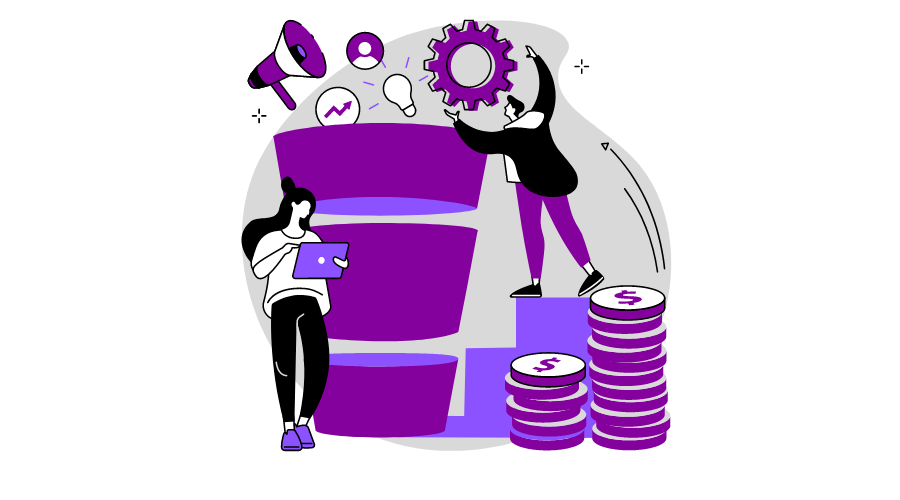The Future of E-Commerce Is Human: Why User-Centric Design Matters
Online shopping has come a long way. A decade ago, most of us were just happy if a website didn’t crash before checkout. Now? We expect more. We want shopping that feels easy, personal, and maybe even enjoyable.
That’s where user-centric design comes in. It’s not some fancy buzzword. It’s really just a way of saying: let’s build online stores around people, not around products.
What Do I Mean by User-Centric?
Think about the last time you bought something online.
Did the site load quickly?
Could you find what you were looking for without digging through endless menus?
Did checkout feel smooth—or did it ask for so many details you nearly gave up?
Those little moments decide whether you stick around or abandon the cart. User-centric design is about shaping those moments so they feel natural.
The Shift in E-Commerce
E-commerce used to be about having the biggest catalog. Whoever had more items “won.” But the future looks different.
Shoppers don’t want more options—they want better options. They want a store that understands them, almost like a friendly shopkeeper who remembers your preferences.
That could look like:
Smart product recommendations that aren’t random.
A mobile experience that’s actually designed for small screens.
Clear, transparent delivery info without hidden surprises.
It’s small details that add up to trust. And trust is what keeps people coming back.
Why This Matters Now
Attention spans are shorter than ever. If a store feels clunky, there are a hundred others just one tap away. That’s why putting the user first isn’t optional anymore—it’s survival.
Here’s the thing: people don’t remember every button they clicked, but they remember how the experience felt. Frustration lingers. So does delight.
What’s Next?
I think the future of e-commerce is going to feel less like browsing a giant warehouse and more like walking into a boutique that “gets” you. Personalized, simple, and human.
And the businesses that win won’t necessarily be the ones with the fanciest tech. They’ll be the ones that care about the small details—the checkout flow, the product photos, the tone of their emails.
Because in the end, design isn’t about pixels or code. It’s about people.
If you run an online store (or dream of starting one), here’s a simple thought to carry with you: Would I enjoy shopping here myself? If the answer’s no, then you know where to start.
YOU MIGHT ALSO LIKE
Live Life Like You Mean It








